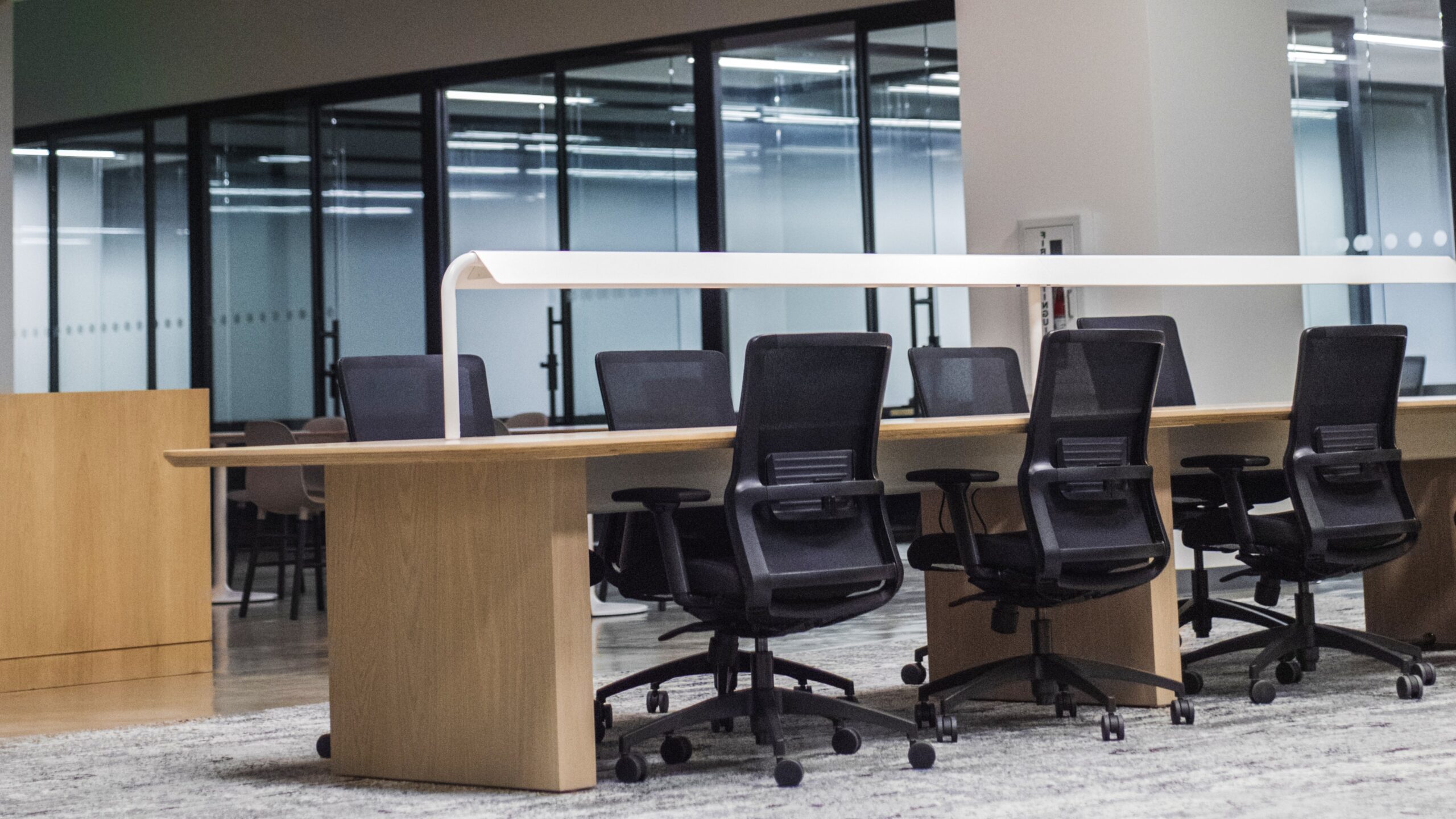
Importance of Choosing an Ergonomic Office Chair
Navigating the world of ergonomic furniture can be challenging, regardless of whether you are setting up a home office or reorganizing an office. In today’s market, there are so many products available that it is hard to narrow your search. Providing the highest quality ergonomic furniture is what we do at ergonomics. It is important to choose the right ergonomic office chair when building an ergonomic workspace. An ergonomic office chair is worth investing in, so we’re going to discuss why it’s worth it and what critical criteria to look for when buying one.
What is an ergonomic office chair?
The ergonomic chair is therefore designed to address body pains and strains created by prolonged use of a standard chair. The chair provides optimal support to the body while sitting at a desk. Several factors are considered, including posture, back support, weight distribution, comfort, and mobility. Multiple adjustable parts make an ergonomic office chair customized for each user so that he or she can sit comfortably at their desks.
Is it worth the investment in ergonomic office chair?
A standard office chair costs less than an ergonomic one. It is nevertheless an important investment in the health and productivity of your employees.
The health benefits of ergonomic desk chairs are non-negligible. An excessive amount of sitting at your desk has been shown to increase your risk of developing a number of serious diseases. As a result of sitting in an inappropriate chair, you may develop muscle, joint, tendons, ligament, and nerve problems, which can be quite painful.
Your posture can be negatively affected, leading to back pain due to pressure on your spine. Blood flow can also be restricted, leading to deep vein thrombosis and cervical spondylosis, among other complications. An ergonomic chair conforms to the shape of your body, supports a correct posture, aligns your hips and pelvis, and keeps your joints in a neutral position. The result will be less injury risk, more energy, and better concentration, as well as less distraction and discomfort.
On the market, there are many chairs that claim to be ergonomic, just for example respawn ergonomic gaming chairs. In order to benefit from the best ergonomic support, you should consider the following points before investing in an ergonomic office chair:
Flexibility
Ergonomic office chairs are great because they are easily adjustable to your needs. Since every individual is different, every chair should be able to adapt to his or her specific needs. Ensure that the chair is adaptable to every function it will serve, taking into account who will use it, and in what context. A chair’s various parts should be adjustable in most of these criteria.
Seat height
It should be possible to adjust the seat height of a good ergonomic chair from 15 to 22 inches off the ground. In this range, people between 5’4″ and 6’4″ tall will find themselves comfortable. If your feet are flat on the floor, and your knees are bent 90 degrees, you are at the proper height. The knees and the lumbar region will be relieved of stress. If you have a pneumatic adjustment, you can adjust your seat pan height while sitting in the chair, but if your chair has a spinning mechanism, you can adjust your height while standing.
Seat width
In order to provide adequate thigh support, seats are typically 17 to 20 inches wide. Seats should be supportive, with at least 1 inch on either side of the hips, and wide enough to allow the arms to rest comfortably on the armrests.
Seat depth
In order for an ergonomic office chair to be comfortable, the seat must be deep enough that the user’s back rests against the backrest, but that the user’s knees are left with space for two to four fingers. Three-fourths of the thighs must be supported by the seat. If the chair has a slidable seat, you can slide the seat in or out while sitting in it.
Lumbar support
Having good lumbar support that can be adjusted is a critical feature. As well as supporting and stabilizing the neck and head, the lumbar spine also stabilizes the upper body. Spinal cord protection and leg movement are controlled by the chair backrest. Due to its concave curve, pressure is distributed evenly, reducing stress concentrations. The curve of your lower back is flattened when you sit in a chair without lumbar support.
Backrest
It is common for backrests to be between 12 and 19 inches wide. The spine needs to be supported naturally. Blood flow should be increased with a dynamic sitting posture rather than a static posture in an ergonomic office chair. To relieve some weight from their lower backs, it should offer a variety of recline positions. At a reclining angle between 110 and 130, depending on the body type, pressure on the lumbar discs and muscle activity are at their lowest.


